Study, work or travel in the UK. British
culture and life.


Visit Winchester
|
|
Study, work or travel in the UK. British
culture and life.
|
|
||
|
|
|
|
||
 |
||||
|
|
||||
 |
||||
|
Visit Winchester
|
||||
|
Sections:
|
Introduction |
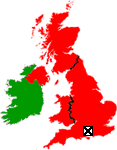 |
| City Mill | ||
| Riverside walk | ||
| Wolvesey Castle | ||
| Winchester College | ||
| Jane Austen's house | ||
| Winchester Cathedral | ||
| Westgate / Great Hall | ||
| Military museums | ||
| Further information | ||
| Links |
|
INTRODUCTION
|
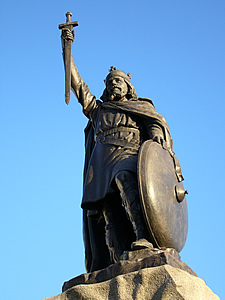 King Alfred's statue |
 |
A-Z
Winchester Street Atlas (street map) Publisher: Geographers' A-Z Map Company Date: July 2002 |
Winchester,
New Alresford and East Meon (walking map of the area) Publisher: Ordnance Survey Date: July 2004 |
|
CITY MILL
|
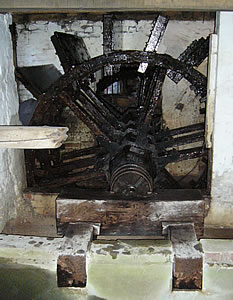 Mill water wheel |
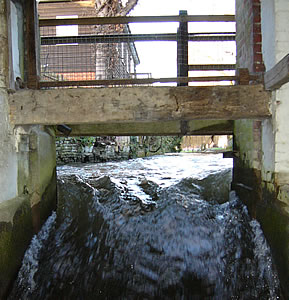 The River Itchen flows fast, turning the wheel |
|
RIVERSIDE WALK
|
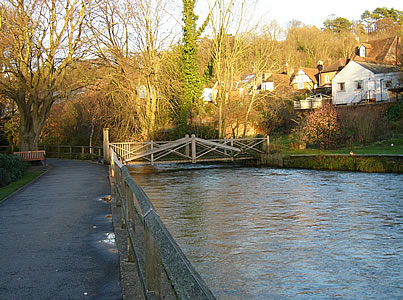 |
|
WOLVESEY CASTLE
|
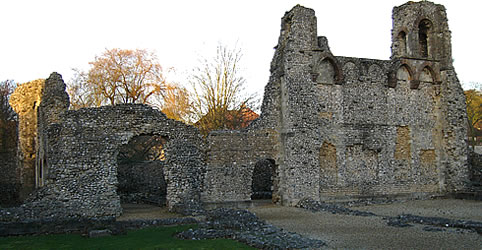 |
|
WINCHESTER COLLEGE
|
|
JANE AUSTEN'S HOUSE
|
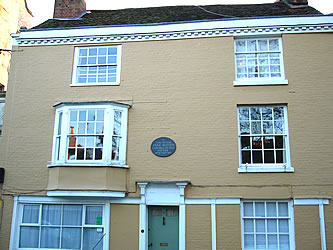 |
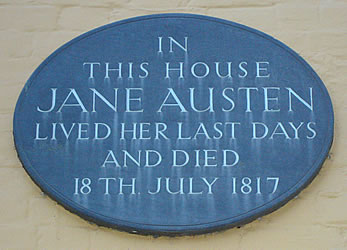 |
 |
Persuasion
(book) Author: Jane Austen Publisher: Penguin Books Date: April 1994 audio book |
 |
Persuasion
(DVD) Author: Jane Austen Studio: BBC Worldwide Publishing Date: November 1999 video version |
|
WINCHESTER CATHEDRAL
|
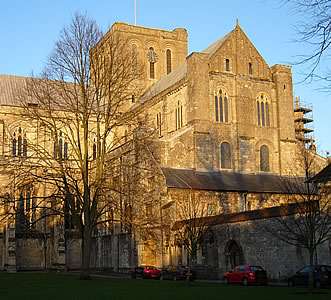 Pilgrims School, where the choir is educated |
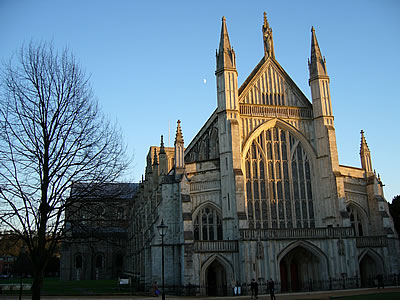 View towards the main entrance of the cathedral |
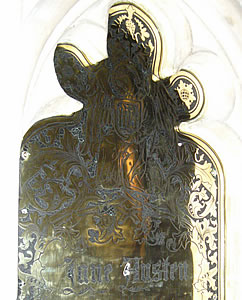 Jane Austen's grave |
 Exit from the cathedral towards the High Street |
 |
Winchester
Cathedral (Pitkin Guides) (picture guidebook for visitors) Author: Norman Sykes Publisher: Pitkin Guides Date: December 1990 |
Winchester
Cathedral, 1079-1979 (history of the cathedral) Author: Frederick Bussby Publisher: Paul Cave Publications Ltd Date: November 1987 |
|
HIGH STREET
|
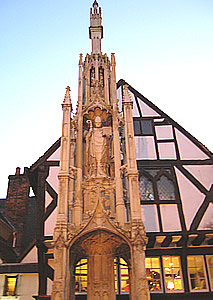 City Cross (Butter Cross) |
|
WESTGATE / GREAT HALL
|
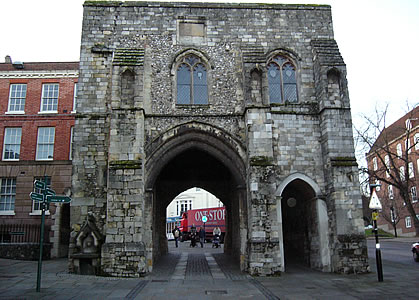 Westgate |
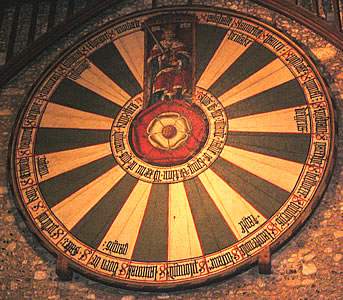 King Arthur's Round Table (in the Great Hall) |
 |
King
Arthur and His Knights of the Round Table (legends of King Arthur) Author: Roger Lancelyn Green Publisher: Puffin Books Date: June 1994 |
 |
King
Arthur - The Truth Behind The Legend (DVD) (documentary film) Studio: Delta Music Plc Date: September 2004 |
|
MILITARY MUSEUMS
|
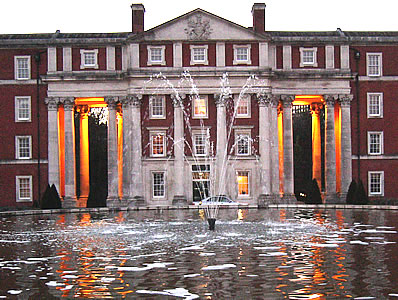 The King's House |
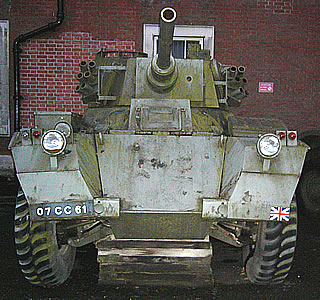 An old British tank, outside one of the museums |
|
FURTHER INFORMATION
|
|
Lonely Planet verdict: Winchester
"Hampshire's biggest attraction is the beautiful cathedral city of Winchester, a prosperous market centre in the valley of the River Itchen. Its rich history is in evidence throughout, none more so than in the magnificent church that dominates the historical centre ... Winchester's main attraction is one of the world's great buildings, a magnificent testament to English architecture over 900 years and one of the finest examples of the Gothic Perpendicular style to be found anywhere" (extracts from "Lonely Planet Great Britain - 2003 edition", used with permission) |
|||
 |
Lonely
Planet Great Britain Publisher: Lonely Planet Publications Date: May 2009 |
 |
Lonely
Planet England Publisher: Lonely Planet Publications Date: March 2009 |
|
|
|